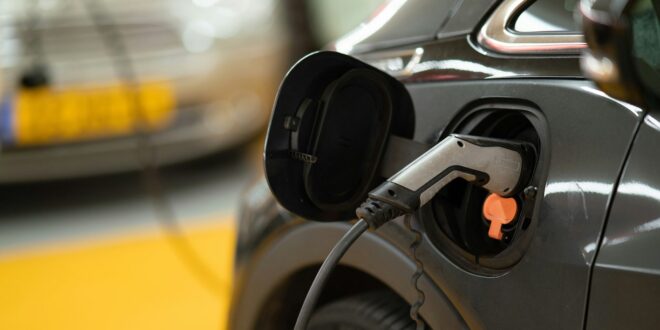Purchasing an electric vehicle (EV) is a big financial commitment, and involves a considerable change in thinking. So much so, those in the retirement age bracket have even likened it to ‘visiting a foreign country,’ or ‘switching from imperial to decimal measurement!’ But here’s the thing – after you’ve been through all the hard work of getting to grips with makes and models and what they’re each capable of in terms of everything from ‘range’ to battery life, there will still be surprises you hadn’t expected. And these unexpected matters may not even hit you until you go to park your new EV in the garage! Below are just a few to be aware of:
Weighty matters
EVs weigh, on average, over 30% more than a regular-fuel powered vehicle (because of their heavy battery). Should this be of concern? It may well be when you consider the garage or car port where you’re planning to store your EV as it will need to support several more hundred kilos. Are the piles and flooring of your structure in sound condition? If you don’t know the history of your structure, or suspect it may not support the weight of an EV, get it checked out by a professional before you buy (and factor in the cost). The last thing you want is your garage floor collapsing under the weight of your new EV. It might pay to note, this is less of a concern if you have a concrete pad for a garage floor.
Hooked!
Before you buy an EV, consider where and how you will charge it. If charging at home, don’t expect to be able to use an extension cord/field cable. It’s not advised, and may void your home insurance or car warranty if you try, not to mention your personal safety. EVs need to plug directly into an appropriate electrical socket, so if your garage is equipped with one, you’re in luck. But if not, and you need to have a regular socket installed, be aware the cost can be in excess of $1500 (depending on where you live in the country, and where the nearest connection to your home is located). Furthermore, this cost will be much greater if you want to charge your EV quickly, as different equipment and installation is required.
Capable cables
Your EV should come with a portable charging cable (that’s the cable that goes from your EV to your electricity supply). However, these cables are usually between 6 and 7 metres in length. If your cable won’t reach from your EV to your electricity supply, you may need to upgrade to a longer cable at a cost of, potentially, several hundred dollars. While 10-metre cables are available in New Zealand, longer ones are very rarely (if ever) found.
Solutions
If you don’t have an appropriate electrical socket in your garage or car port, or you do but it is out of reach, you may still be able to avoid the cost of installing one by purchasing an extra-long portable charging cable to reach a socket that is available (but always check with your vehicle supplier and a registered electrician first to see if this is acceptable). If this solution is a goer, enquire about purchasing an extra-long (up to 15 metres) portable charging cable from Smart EV Chargers. These cables usually need to be imported so allow up to a month for yours to become available.
Timing is everything
The time it takes to charge an EV is often given as the time it takes to charge at a rapid-charging station. But while this can be a matter of just 15-20 minutes, a slower charger can see you waiting for up to an hour (or more) to ‘fill up.’ What’s more, if you are planning to ‘trickle’ (slow) charge your EV at home using a regular socket (because you don’t want to incur the cost – which can be in excess of $2,500 – of installing a fast charger), you could be waiting for 16 or more hours for your vehicle to be fully charged!
Insurance surprise!
If you’ve been driving a regular-fuelled car (especially an earlier model) and have been busily saving for a new EV, you may not have considered the extra cost of insuring a more valuable vehicle. Be prepared to factor in several more hundred dollars a year in motor vehicle insurance, depending on the model you purchase.
Safety first
For safety reasons, it always pays to have any vehicle fuelled-up, at least to the extent you can use it to reach essential services, or vacate your home safely, in an emergency. If you don’t have a fast-charger at home, and arrive back with your EV low on battery, you may not be able to top it up quickly enough to get where you need to be in a hurry. Always make sure you have enough battery life in your EV to enable you to use it effectively in a crisis situation.
Power crisis?
Expect your power bill to increase if you plan to charge your EV at home. If you are already on the cusp of being a ‘low-power’ user, be aware, charging your EV at home may tip you over into a new ‘user-bracket.’ Either way, when you switch to an EV, it pays to shop around for the best power deal, especially as some energy providers now offer special ‘EV packages.’
EVs have many advantages. But if you’re considering purchasing one, talk to other owners and EV professionals first, so you don’t encounter any unwanted surprises.








Join the Discussion
Type out your comment here:
You must be logged in to post a comment.